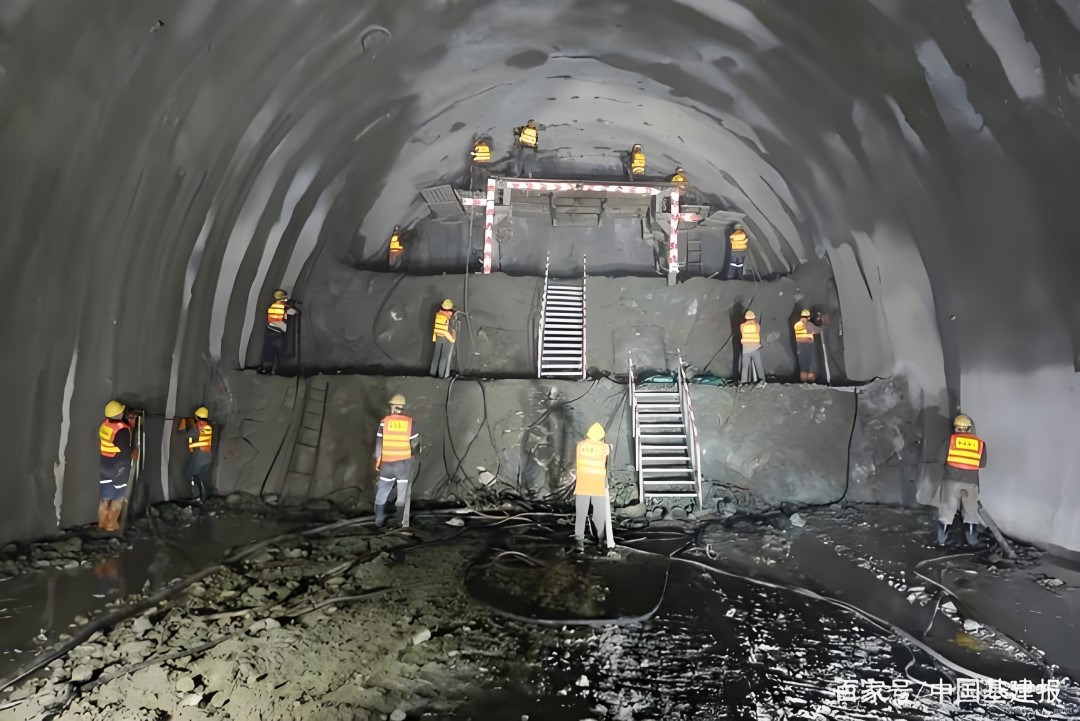What is tunnel excavation? Tunnel excavation is the process of creating underground passages through soil, rock, or other materials for transportation, utilities, and infrastructure projects. These tunnels are essential for roads, railways, subways, water supply systems, and mining operations. The construction of tunnels requires careful planning, geological analysis, and the use of specialized machinery to ensure safety and efficiency.

1. Main Tunnel Excavation Methods
There are several common methods of tunnel excavation:
① Drill and Blast Method:
This traditional technique is mainly used in hard rock conditions. Workers drill holes into the rock, place explosives, and detonate them to break the rock into smaller pieces, which are then removed. This method is effective but requires precise control to prevent damage to surrounding areas.
② Tunnel Boring Machine (TBM):
A TBM is a large, cylindrical machine that excavates and supports the tunnel simultaneously. It cuts through rock or soil using a rotating cutter head while installing tunnel linings behind it. TBMs are widely used in urban and long-distance tunnels due to their speed, precision, and safety.
③ Cut-and-Cover Method:
This technique is commonly used for shallow tunnels. Engineers excavate a trench from the surface, construct the tunnel structure within it, and then cover it back with soil. It is economical for short tunnels, such as subways and underpasses.
④ New Austrian Tunneling Method (NATM):
NATM relies on the surrounding ground to support the tunnel. The method involves continuous monitoring of rock behavior and applying shotcrete (sprayed concrete) and steel supports as needed. It is flexible and adaptable to varying geological conditions.
2. Tunnel excavation equipment
Modern tunnel excavation uses various machines and equipment, including TBMs, roadheaders, drilling jumbos, mucking Loaders, and ventilation systems. The choice of equipment depends on tunnel size, ground type, and project requirements.
3. Applications of Tunnel Excavation
Tunnels are vital components of modern infrastructure. They enable efficient transportation networks (highways, railways, subways), water transfer systems, sewage pipelines, and underground storage facilities. In urban areas, tunneling helps reduce surface congestion and preserve valuable land space.
Tunnel excavation is a complex and sophisticated engineering process that involves creating underground passages through soil and rock. Far from being simple digging, it is a discipline that blends geology, structural engineering, and advanced technology to carve out safe, stable pathways beneath the earth's surface. These tunnels are the lifelines of modern infrastructure, serving as conduits for transportation, utilities, and water management.





